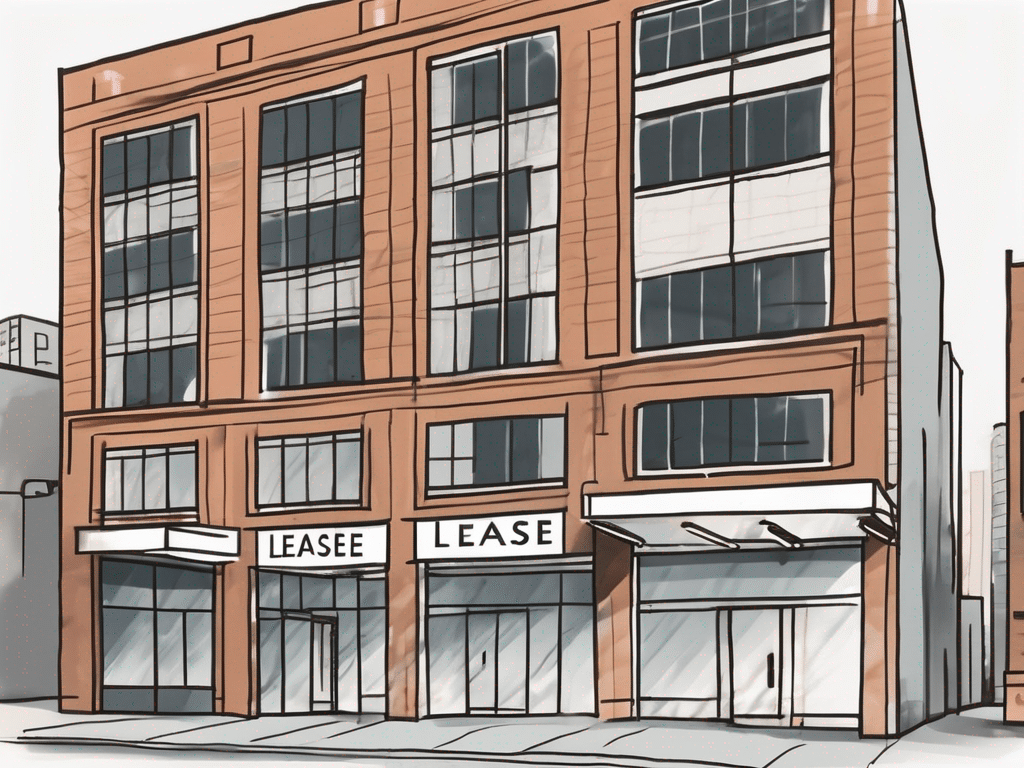In the bustling city of New York, commercial leases are highly sought after. However, circumstances may change, and as a tenant, you may find yourself needing to sublet your commercial space. But is subletting a New York commercial lease possible? Let’s delve into the complexities of commercial leasing in New York and explore the legalities, process, and pros and cons of subletting.
Understanding Commercial Leases in New York
Before diving into subletting, it’s essential to grasp the basics of commercial leasing in New York. Commercial leases are legally binding agreements that outline the terms and conditions between the landlord and tenant for the use of a commercial space.
Key Terms and Conditions in Commercial Leases:
- Lease duration and renewal options
- Rental payment terms
- Responsibilities of the tenant and landlord
- Use and alterations of the space
Lease Duration and Renewal Options: One of the critical aspects of a commercial lease is the duration of the agreement. Typically, commercial leases in New York have longer terms compared to residential leases. Landlords prefer longer lease durations as they provide stability and consistent rental income. Renewal options are also essential to consider, as they give tenants the right to extend their lease once it expires, providing security for their business operations.
Rental Payment Terms: The terms for rental payments in a commercial lease can vary widely depending on the type of lease agreement. Common structures include fixed rent, percentage rent based on the tenant’s sales, or a combination of both. It’s crucial for both parties to clearly outline the payment terms to avoid any misunderstandings or disputes in the future.
The Legalities of Subletting a Commercial Lease
While subletting can be a viable option for tenants who no longer require their entire space, it is crucial to understand the legalities surrounding subleasing in New York.
New York State Laws on Subletting:
- In New York, tenants who wish to sublet their commercial lease must obtain written consent from their landlord.
- Landlords have the right to reject a subtenant if they do not meet the necessary criteria.
The Role of Lease Agreements in Subletting:
Lease agreements often contain specific provisions regarding subletting. It’s essential to review the lease and consult legal counsel to ensure compliance with all agreements and applicable laws.
Furthermore, when subletting a commercial space in New York, it’s important to consider the duration of the sublease. Some leases may restrict the length of subleases or require the original tenant to return to the space after a certain period. Understanding these terms is crucial to avoid any legal disputes in the future.
In addition to obtaining written consent from the landlord, tenants looking to sublet their commercial lease in New York should also provide the landlord with detailed information about the subtenant. This information may include financial records, references, and the intended use of the space. Providing this information upfront can help streamline the approval process and demonstrate the subtenant’s credibility to the landlord.
The Process of Subletting a Commercial Lease
Subletting your commercial space involves several steps. By following the proper procedure, you can increase your chances of a smooth and successful sublease.
Steps to Subletting Your Commercial Space:
- Notify your landlord: Inform your landlord of your intent to sublet and provide all relevant details.
- Market your space: Advertise your commercial space using various channels to attract potential subtenants.
- Screen potential subtenants: Carefully vet potential subtenants to ensure their credibility and compatibility with your space.
- Negotiate sublease terms: Discuss and finalize the terms of the sublease agreement with the chosen subtenant.
- Seek landlord consent: Obtain written consent from your landlord before finalizing the sublease.
Expanding on the Process:
Once you have found a potential subtenant, it’s essential to conduct a thorough background check to verify their financial stability and leasing history. This step can help you avoid any future complications and ensure a smooth subleasing experience.
Additionally, creating a detailed inventory of the condition of the commercial space before subletting can protect you from disputes over damages or maintenance issues. Documenting the state of the property with photos and written descriptions can serve as valuable evidence in case of disagreements.
Potential Challenges and Solutions in Subletting:
While subletting can be advantageous, challenges can arise. Common issues stem from finding reliable subtenants and negotiating fair sublease terms. It’s important to be proactive and address any difficulties that may arise to ensure a successful sublease.
Furthermore, maintaining open communication with both your landlord and subtenant throughout the subletting process is crucial. Clear and transparent dialogue can help prevent misunderstandings and build a positive relationship with all parties involved, fostering a harmonious subleasing arrangement.
The Pros and Cons of Subletting a Commercial Lease
Subletting a commercial lease offers both advantages and disadvantages. Understanding these factors can help you make an informed decision.

Advantages of Subletting Your Commercial Lease:
- Financial relief: Subletting allows you to offset some or all of the rental costs.
- Flexibility: If your business needs change or you plan to downsize, subletting provides an alternative to terminating the lease.
- Networking opportunities: Sharing your space with another business can lead to collaborative opportunities and the sharing of resources.
Disadvantages and Risks of Subletting:
- Responsibility for subtenant actions: As the original tenant, you remain responsible for the actions and obligations of your subtenant.
- Landlord approval: Your landlord has the power to reject potential subtenants, limiting your options.
- Potential strain on relationships: Sharing a space with another business may create conflicts and challenges in terms of different working styles and preferences.
Before deciding to sublet your commercial lease, it’s crucial to consider the legal implications involved. Ensure that you thoroughly review your original lease agreement to understand your rights and responsibilities as the primary tenant. Seek legal advice if necessary to navigate any complexities or uncertainties in the subletting process.
Another aspect to contemplate is the impact of subletting on your business’s brand and reputation. Sharing your space with another entity could influence how your business is perceived by clients, customers, and partners. It’s essential to assess whether the potential benefits of subletting outweigh any potential risks to your brand image.
Tips for Successful Subletting
To ensure a smooth subletting experience, consider implementing the following tips:

How to Find Reliable Subtenants:
- Thoroughly screen potential subtenants by conducting background checks, checking references, and evaluating their financial stability.
- Advertise in relevant industry networks and platforms to attract businesses that align with your space and its specific requirements.
Negotiating Sublease Terms and Conditions:
During the negotiation process, ensure effective communication and transparency to establish mutually beneficial terms and conditions for both parties.
Setting Clear Expectations:
It is crucial to set clear expectations with your subtenants regarding the use of the space, maintenance responsibilities, and any restrictions or guidelines they need to follow. Providing a detailed sublease agreement outlining these expectations can help prevent misunderstandings and disputes down the line.
Maintaining Open Communication:
Open and frequent communication with your subtenants is key to a successful subletting arrangement. Encourage them to reach out to you with any concerns or issues they may have, and be proactive in addressing any maintenance or repair needs promptly. Building a strong rapport with your subtenants can lead to a positive and mutually beneficial subletting experience for both parties involved.
Conclusion
In conclusion, subletting a New York commercial lease is possible, but it is essential to navigate the legalities, process, and pros and cons effectively. By understanding the basics of commercial leases, knowing the legal requirements for subletting, and following the proper procedures, you can successfully sublet your commercial space. Remember to weigh the advantages and disadvantages, and implement the tips provided for a smooth and successful subleasing experience in the bustling metropolis of New York


